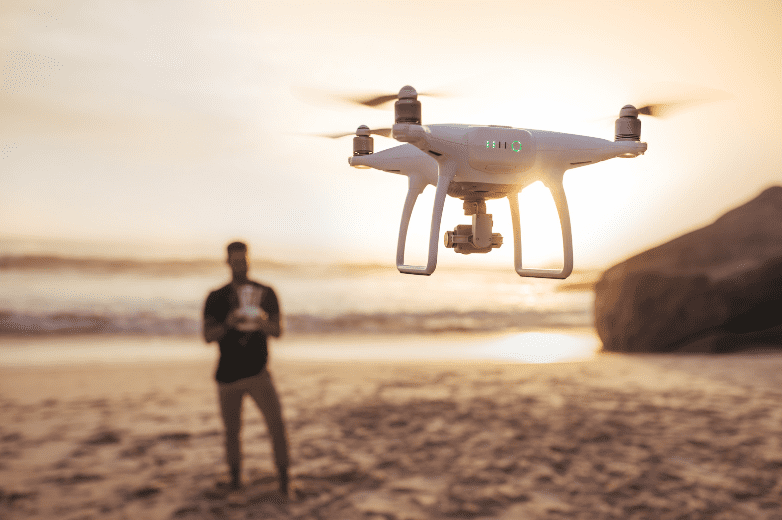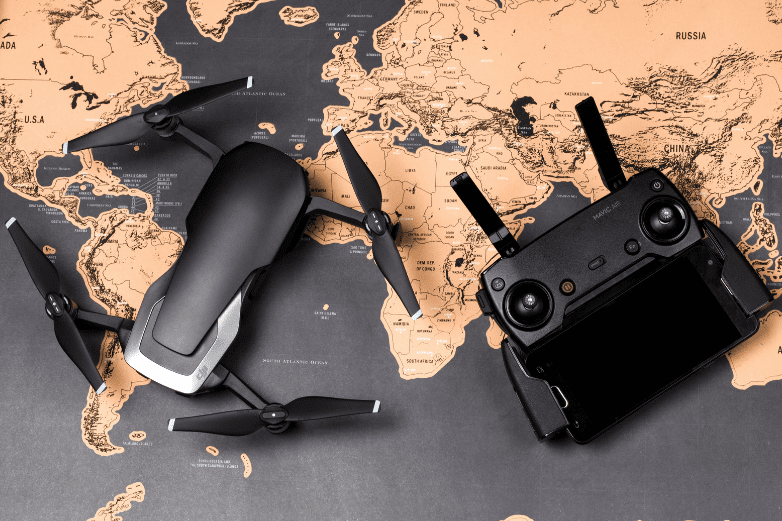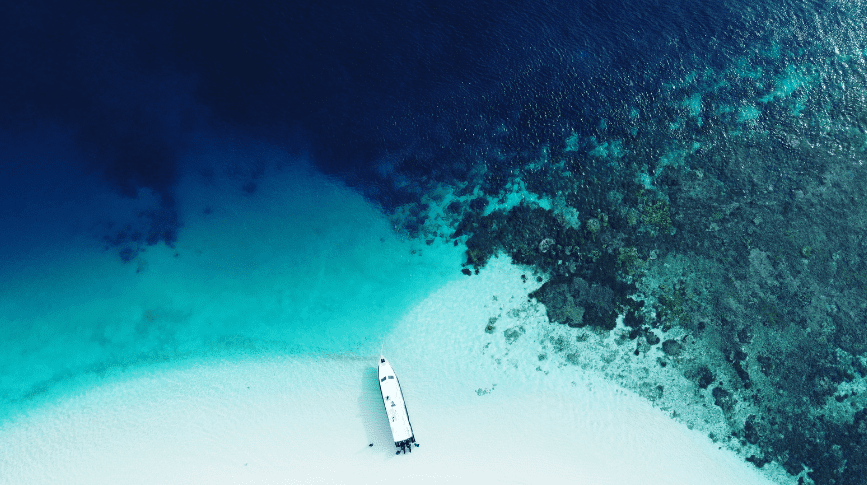In the world of travel journalism, the ability to capture spectacular overhead aerial images is an option that many choose to leave their users speechless with their videos on social networks such as Instagram or YouTube. The use of the drone is increasingly popular to capture the essence of destinations and tell stories in an impactful and disruptive way. These are the best drones you can find on the market currently, look!
Drones have revolutionized the way journalists and content creators view and share their adventures from a “bird’s eye” view that leaves no one indifferent. In this article, we explain in detail the comparison between the best drones to make professional videos as a travel journalist, analyzing their characteristics, advantages, disadvantages and important considerations when traveling with them on the plane. In addition, we answer the big question: do you need a license to fly a drone? We tell you that the answer is: no.
What is a drone and what is it for?
A drone, also known as a UAV (Unmanned Aerial Vehicle), is a remotely controlled aircraft that can fly autonomously or be piloted by an operator. Drones are equipped with cameras that allow you to capture photos and videos from unique heights and angles. In travel journalism, drones are used to obtain stunning aerial images of natural landscapes, cities, events and more, adding a new visual dimension to the stories told.

What type of drones do not need a license?
In many countries, lightweight drones used for recreational or minor commercial purposes do not require a license. Generally, drones weighing less than 250 grams are exempt from specific regulations. However, it is important to check local aviation laws before flying a drone anywhere.
In any case, the DJI drone application locates your drone on the map and warns you of the dangers of the area where you want to fly it. Even the colors green, yellow and red indicate areas where it is prohibited, not recommended and you can fly the drone.
Travel by plane with a drone
There is no problem in any country as long as the drone weighs less than 250 grams. Lithium polymer (LiPo) batteries are the danger when traveling by plane. For this reason, it is very important to always travel with your drone in your hand luggage and not leave it in the luggage that goes in the hold because the battery could explode. In addition, it is not allowed to leave electronic devices with batteries inside the checked baggage.

Best drones for travel journalists: top features
- High-Quality Camera: Equipped with a 1-inch, 20-megapixel camera that captures 4K videos at 60 fps and high-resolution photos.
- Portability: It weighs only 249 grams, making it easy to transport on any trip.
- Battery Life: From 30 to 45 minutes of flight time, allowing you to capture images for longer without interruptions.
- Flight Range: Real-time video transmission up to 15 km away.
- Smart Features: Obstacle detection, auto tracking, smart flight modes and more.
Advantages
- Compact and lightweight, ideal for travel.
- Exceptional image quality.
- Easy to fly even for beginners.
Disadvantages
- Less resistant to adverse weather conditions due to its light size.
- Some advanced features may require a stable Internet connection.

With a drone you can get images like these and then sell them to the media as a travel journalist.
Comparison between different DJI drone models
DJI Mini SE – £249 (299€): 1/2.3 inch camera, 12 MP – Weight: 249 g – Battery life: up to 30 minutes – Range: 4 km
DJI Mini 4k – £257 (299€): 1/1.3 inch CMOS sensor – Weight: 249 g – Capture photos up to 48 Mp and record in 4K at 60 fps – Flight duration 34 minutes
DJI Mini 2 – £389 (449€): – 1/2.3 inch camera, 12 MP – Weight: 249 g – Battery life: up to 31 minutes – Range: 10 km
DJI Mini 3 Pro Combo – £699 (799€): – 1 inch 20 MP camera – Weight: 249 g – Battery life: up to 45 minutes – Range: 15 km
DJI Mavic Air 2 – £869 (999€): – 1/2 inch CMOS sensor, 48 MP – Flight time: up to 34 minutes – OcuSync 2.0 transmission system
DJI Air 2S –£1,129 (1,299€): – 1-inch CMOS sensor, 20 MP – Flight time: up to 31 minutes – APAS 4 obstacle detection system
Step-by-Step Guide to Flying Your Drone
If you’ve decided on the DJI drone model that best suits your needs, whether you’re an amateur travel creator or a professional videographer, this little guide will help you get your drone in the air and start practicing as a pilot. It’s much easier than you think. We’ll explain step by step how to get started and capture the best aerial shots:
- Download the DJI App: Once you’ve bought your drone, you can access it via the QR code on the box or simply by clicking on this link. Register your drone with your name, surname, and contact information. Without the app, you can’t fly the drone since the controller connects to your smartphone and needs internet to link the remote control with the aircraft. The app is very practical as it indicates risky areas for flying, allows you to download files, and provides settings to change the video resolution up to 4K.
- Find a spacious area free of obstacles: Once you’ve chosen the location to take off, make sure it’s an area free of trees or lampposts to avoid any accidents. Unfold the arms of your drone, turn it on, and link it with the remote control. From the app on your mobile’s touchscreen, hold down the take-off button. Remember, you’ll use the same button to land.
- Take off!: Once your drone is in the air, set your location as the return point. This way, if you lose sight of your drone, it will know how to return to the set take-off point. Fly it smoothly to get the best shots and videos. You can even change the camera’s orientation to achieve normal, high-angle, or overhead shots. Most importantly, don’t forget to press the button to start recording!
- Landing: There are several ways to land your drone. One way is to gently lower it to the ground with the joystick controls until its sensors detect the ground and stop the propellers. The advanced way to land is to position the drone at a height reachable by your extended hand and land it in your palm to avoid scratches during contact with the ground.
Expert pilot tips for capturing the most professional videos
On YouTube, you can find many experts like @TheDroneCreative. In his videos, you can get inspired to fly your drone in a unique, cinematic style with simple tricks involving smooth and organic movements. It involves moving the joystick in specific and simultaneous ways to achieve even more professional videos that keep the audience’s attention. Take note!
Prices are approximate and may vary by store. Therefore, it is advisable to go to the store and get advice based on the use and level of professionalism that you want to give to your drone. The goal is to choose the right drone that fits your needs and budget. All DJI drones are excellent options for travel journalists looking for quality, portability and performance in their recording equipment. In the Travel Content Creation module of the Master in Travel Journalism you will learn and put into practice all the knowledge to become a complete and versatile travel journalist.

